Tuesday 16 December 2025
Which Love ‘Sparks Your Brain’ the Most?
Share
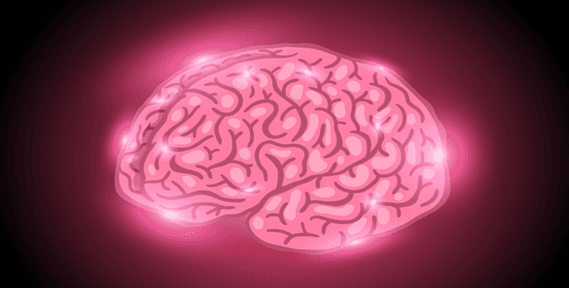
Have you ever experienced a rush of emotions when thinking about love? Whether its a deep connection with your child, the affection for your pet, or the bond you share with buddies, love brings out strong feelings. These emotions show how deeply love touches our lives and hearts. A recent study from Aalto University examined emotional experiences in detail. Researchers used advanced brain imaging techniques to map out how different kinds of love activate various parts of it.
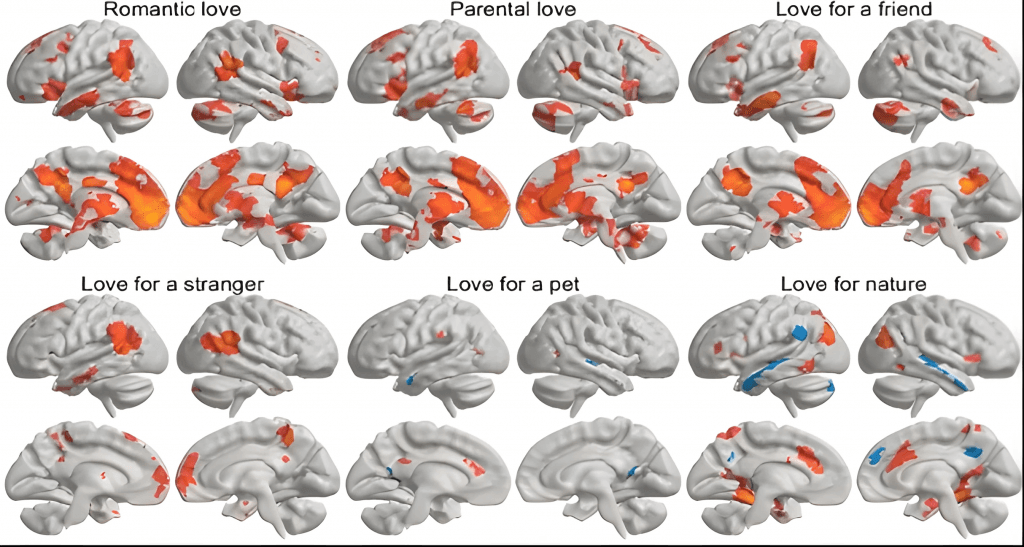
Aalto University conducted innovative research using Functional Magnetic Resonance Imaging (FMRI) to study how various kinds of love affect brain activity. Participants listened to scenarios about six types of love. These types include:
While thinking about these scenarios, researchers noted changes in brain activity to see which areas were activated by each type of love.
The study involved participants with specific love-related scenarios narrated by professional actors. After listening to each narrative, participants were asked to imagine the emotions described for ten seconds.
This new method allowed scientists to see how different kinds of love affected the brain in unique ways. By studying these reactions, researchers identified which areas of the brain respond to various types of love.
The research team which includes Juha Lahnakoski, Heini Saariki, Mikke Tavast, Mikko Sams and Linda Henriksson has conducted multiple studies to enhance our knowledge of human emotions.
A study in the Journal Cerebral Cortex revealed that different forms of love stimulate varying ways of brain activity. Parental love and romantic love were found to generate the most intense responses.
For example, imagine seeing ones new-born child for the first time results in a lot of brain activity. This indicated that such emotions greatly impact our emotional and neurological states.
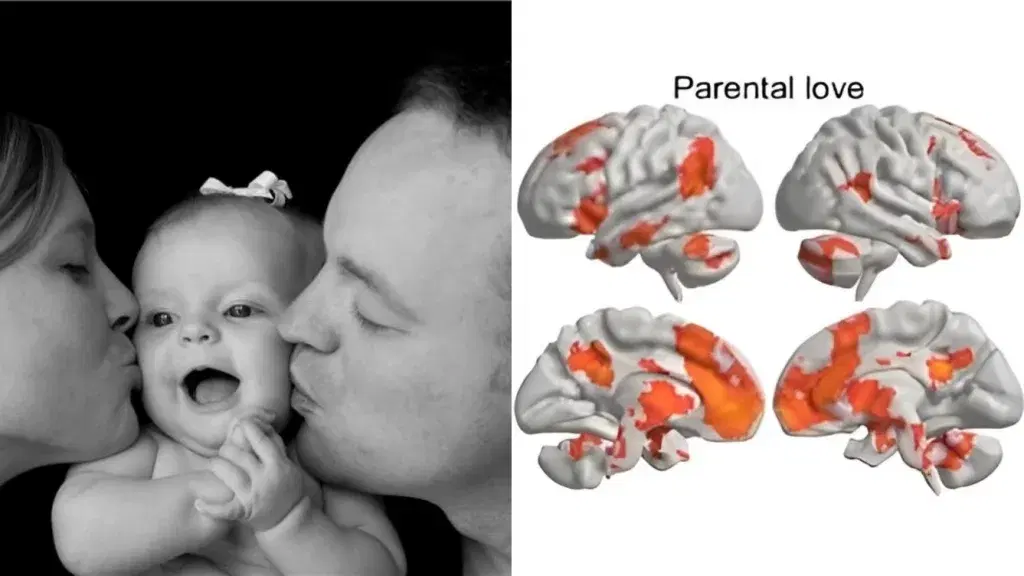
One of the authors of the study, Prttyli Rinne highlighted that parental love uniquely activated the brains reward system in the striatum, pattern not seen with other types of love.
The study found key brain areas involved in experiencing love, such as the basal ganglia, the front center (midline) of the forehead, the precuneus and the temporoparietal junction.
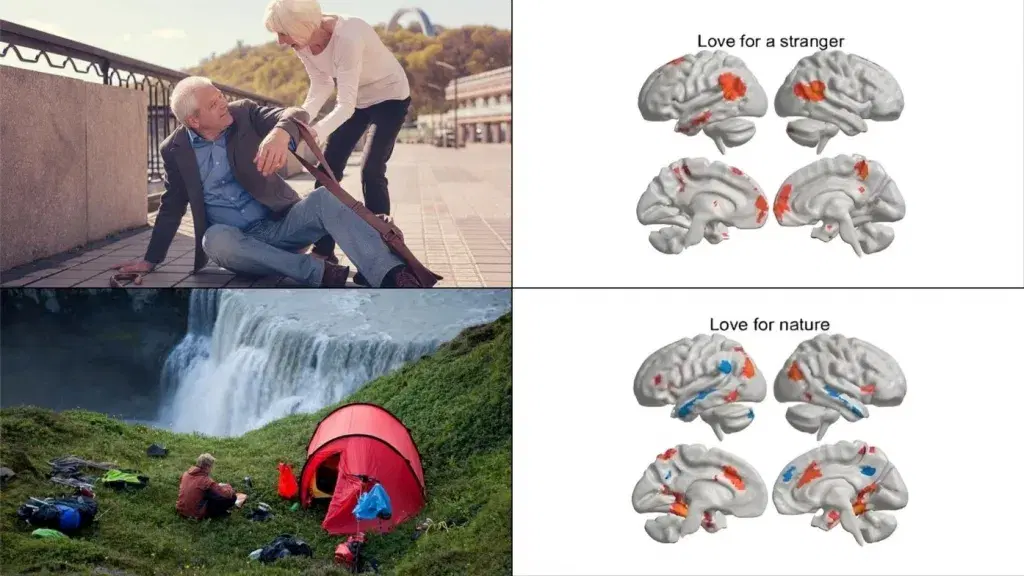
The study also explored how brain activity varies based on the type of loved one. It found that caring for strangers caused less activity than loving close friends and family.
Interestingly, love for nature activated the brains reward system and visual parts, but did not activate the social areas as much. This shows that the type of relations affects our emotional responses.
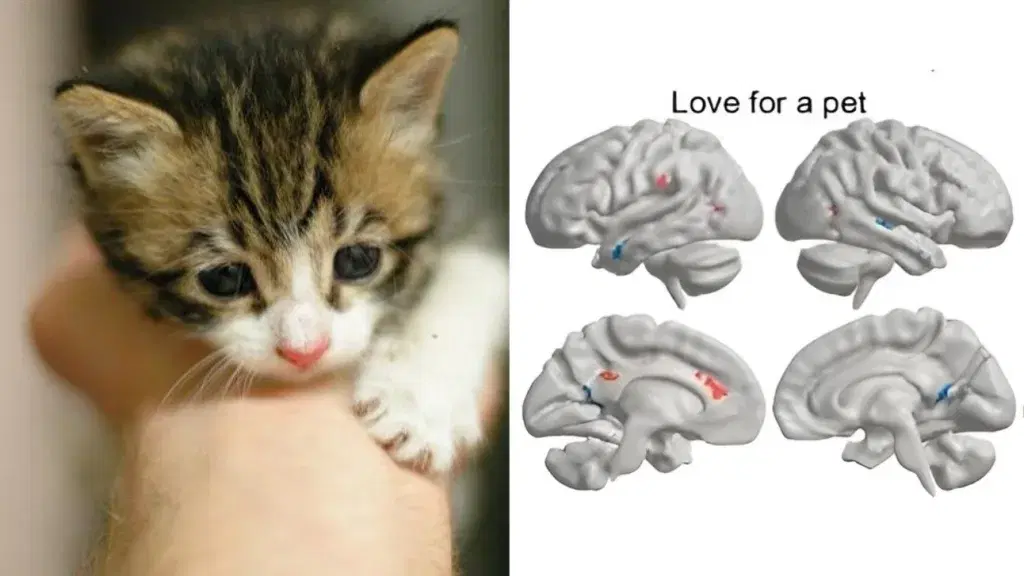
Another finding was the unique correlation between brain activity and having pets. The study found that pet owners exhibit higher activation in its areas related to social behaviour compared to non-pet owners.
This indicates a unique brain pattern highlightingthe special bond between humans and their pets, showing how theyhold a special place in our lives.
It helps to know how different types of love activate various brain areas and helps deepen our understanding of human emotions.
This insight can contribute to philosophical debates about the nature of love, consciousness and human connection.
The findings aim to support developing better treatments for mental health conditions such as attachment disorders, depression and relationship issues.
Newsletter
Stay up to date with all the latest News that affects you in politics, finance and more.